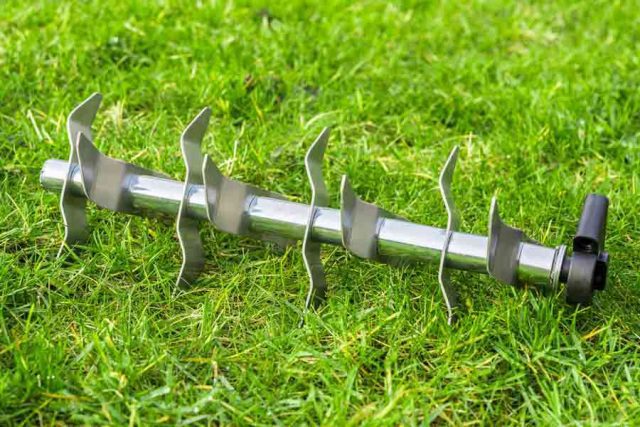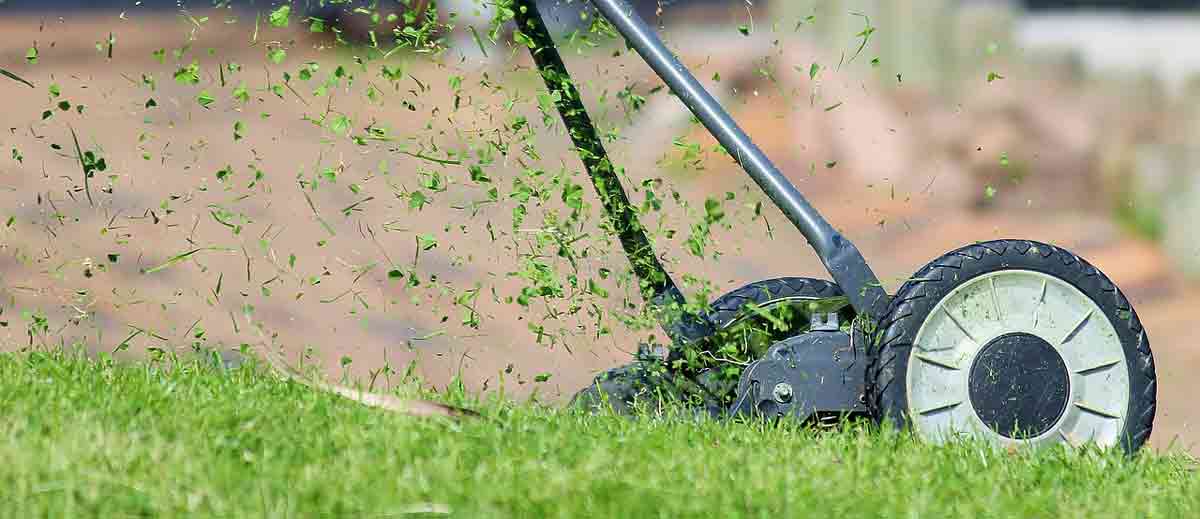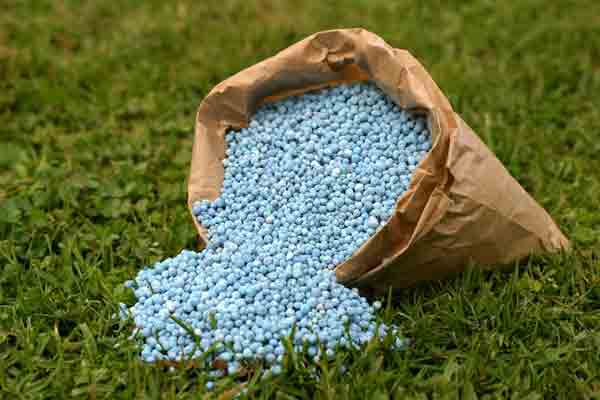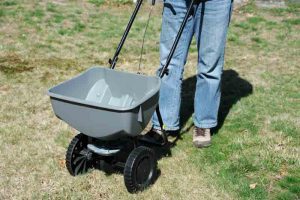Once autumn arrives, you do not immediately have to store your lawn care equipment. While this is a season when the days become shorter and the temperature becomes cooler, you still need to take a few necessary steps to ensure the optimum health of your lawn. After all, this is not just a period when the leaves begin to fall. With that in mind, here are several autumn organic lawn care tips you should know.
1. Aerating
One easy way to keep your lawn healthy during autumn is to conduct aeration, which effectively reduces soil compaction. Through this process, the soil in your lawn gets more room for root development, water preservation, and for the oxygen to break down organic substances.

Likewise, aeration helps the fertilizer nutrients to quickly reach the root system.
However, we do not recommend using tools with spikes for aeration since these can actually exacerbate soil compaction. Instead, look for plug aerators, which take out soil cores every time it hits the ground.
2. Mowing
It’s not only during the spring season when you should shorten the grass blades. During winter, the grass blades could develop fungi, particularly at the upper section. Thus, it is wise to cut the top of the grass to prevent fungi from spreading all over the grass blades.

During autumn, the mowing height should range between three to four inches right until the late stage of the season. At the end of autumn, the mowing height should be further reduced to just two inches. Take note that this should be done gradually as going straight from a cutting height of four inches to two inches can lead to grass discoloration and impede root growth.
3. Fertilizing
Even during the autumn season, you have to apply fertilizer on your lawn. While the growth of the blades has significantly slowed down, root establishment isn’t discontinued as the winter season approaches.

By fertilizing in autumn, you will help your plants store nutrients needed to live through the coming winter. Once the winter season arrives, you can no longer apply any organic fertilizer treatment because the frozen soil will force the product to simply end up in drainages and bodies of water.
4. Leaf Removal and Mulching
Autumn is primarily characterized by the falling of leaves from deciduous trees. While they do look nice, sizable groups of dried leaves can suffocate your precious turfgrass. They can quickly prevent your grass from reaching enough sunlight with each passing day. Moreover, moist dead leaves can invite diseases and mold to your lawn.
Thus, you have to remove these leaves at least once each week. Once you’ve collected these dead leaves, you can actually use them for mulching along with the grass clippings. Through mulching, the nutrients from the dead leaves and clippings are given to the turfgrass and serve as organic matter.
You can use a mulching lawn mower that efficiently gathers the leaves and clippings to rip them apart into smaller pieces. Just always check if the mulching mower blades are sharp and that the lawn isn’t wet before conducting any mowing operations. As long as you do these preparations, the mulching mower will cleanly cut the leaves and clippings while scattering the bits throughout the lawn. This ensures that each soil section benefits from the nutrients.
5. Reseeding
Finally, you should reseed the sections of your lawn that have been thinned out during the previous seasons. In summer and spring, the warm daily temperature tends to dry out the roots before sufficient growth and establishment can take place.

We recommend using grass varieties that are native or at least well-adapted to your region. Once you have reseeded the lawn, a thin layer of compost should be applied to promote germination. Consequently, frequent irrigation stops the seeds from drying out and accelerates root establishment.
In conclusion, there are many simple ways to keep your lawn healthy during the autumn season. From mowing to fertilizing, your lawn can fend off fungi and plant diseases while also improving its capacity to store nutrients. Not only will it thrive during autumn but it will also be prepared for the coming winter season.
We hope that you learned a lot from this guide to organic lawn care. If you have any questions, do give us a comment.